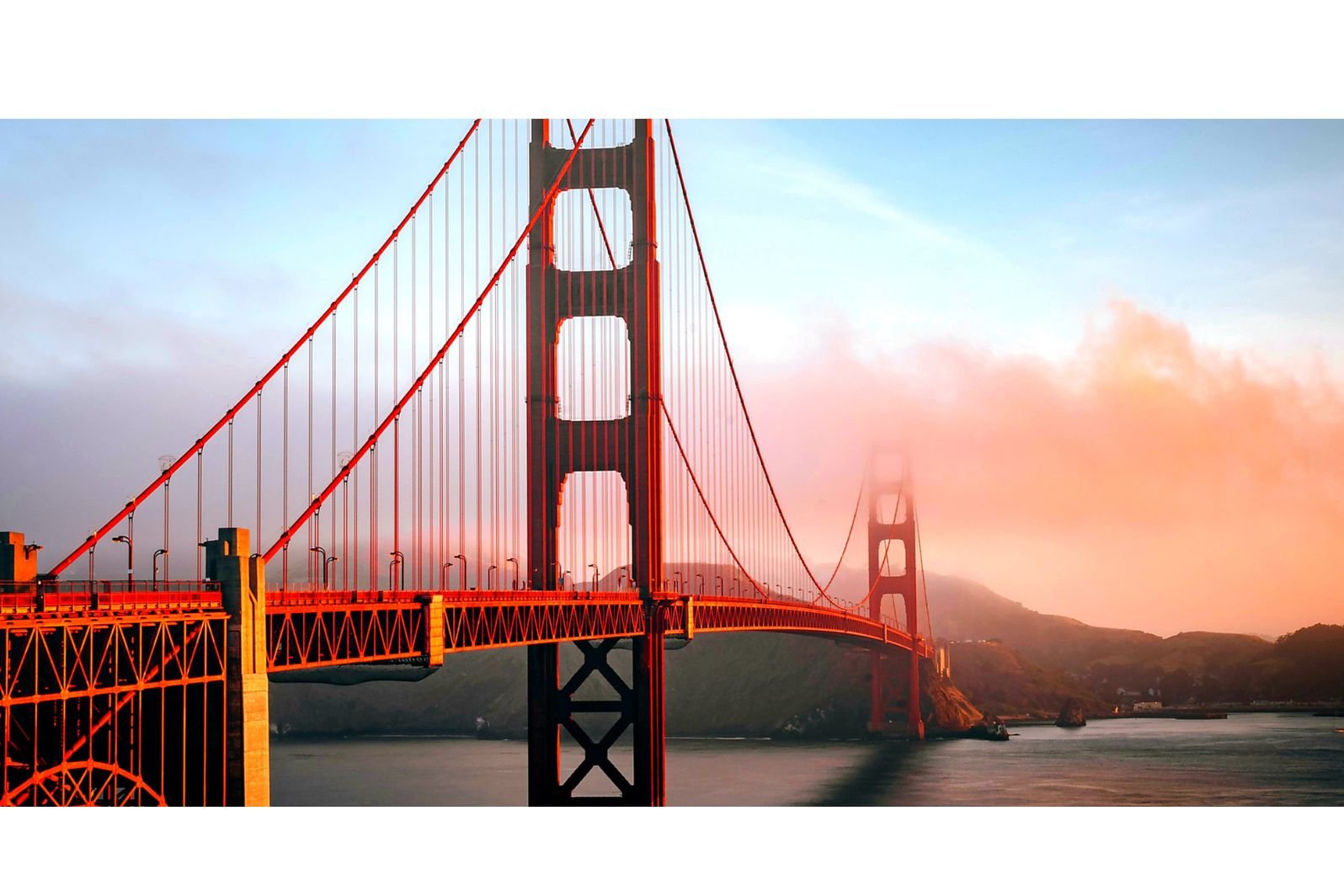Introduction
As the sun sets over the picturesque city of Rio de Janeiro, an iconic structure stands tall, gracefully connecting the vibrant metropolis to its sister city, Niterói. Ponte Presidente Costa e Silva, commonly known as the Rio-Niterói Bridge, is a symbol of engineering prowess, architectural brilliance, and unifying spirit. In this article, we explore the unique history and significance of this monumental bridge, which has become an integral part of the cultural and economic tapestry of Brazil.
The Genesis of Ponte Presidente Costa e Silva
The idea for a bridge connecting Rio de Janeiro to Niterói was conceived in the 19th century, but it wasn’t until the 20th century that the dream began to materialize. In the 1960s, Brazil’s economy was experiencing rapid growth and urban expansion. The existing ferry services between Rio and Niterói were insufficient to handle the escalating traffic demands, prompting the Brazilian government to initiate the ambitious project.
Construction and Engineering Marvel
Designed by engineer Mário Andreazza and constructed by a consortium of Brazilian and American companies, the construction of Ponte Presidente Costa e Silva began in 1968 and concluded in 1974. The bridge stretches over 13 kilometers (approximately 8 miles) and hovers above the picturesque Guanabara Bay. At the time of its completion, it was the second-longest prestressed concrete bridge in the world.
The structure’s impressive dimensions include a central span of 300 meters (nearly 1000 feet), offering clearance for large vessels to pass underneath. Supported by two soaring concrete pillars, the bridge is a remarkable example of modern engineering, providing stability and strength while allowing for controlled expansion and contraction due to temperature variations.
Symbol of Unity and Economic Growth
Beyond its engineering prowess, the Ponte Presidente Costa e Silva holds immense symbolic significance for the people of Brazil. The bridge not only links two vibrant cities but also serves as a physical embodiment of national unity and pride. As vehicles and commuters traverse its expanse daily, the bridge reinforces the idea of a collective identity, strengthening the cultural and economic ties between Rio de Janeiro and Niterói.
The bridge’s strategic location has also contributed significantly to the economic growth of the region. It has facilitated the smooth movement of goods, commuters, and tourists between the two cities, fostering trade and tourism and boosting business opportunities on both sides of the bay.
Architectural Aesthetics and Modern Renovations
In addition to its engineering marvel, the bridge boasts architectural aesthetics that add to its allure. The sleek, clean lines of the structure are an ode to modernist architecture, complementing the surrounding natural beauty of Guanabara Bay and the Atlantic Ocean.
Over the years, the bridge has undergone several renovations and upgrades to ensure it remains safe and efficient for modern transportation demands. Advanced materials and construction techniques have been employed to reinforce the bridge’s integrity, extending its lifespan and preserving its iconic status for future generations.
Conclusion
Ponte Presidente Costa e Silva, the Rio-Niterói Bridge, stands not only as a testament to human ingenuity but also as a symbol of unity, progress, and the unbreakable spirit of Brazil. Its grandeur, engineering excellence, and architectural aesthetics make it a must-see landmark for tourists and locals alike. As it continues to serve as a vital link between Rio de Janeiro and Niterói, this iconic bridge remains an enduring legacy and a source of national pride for the people of Brazil.
